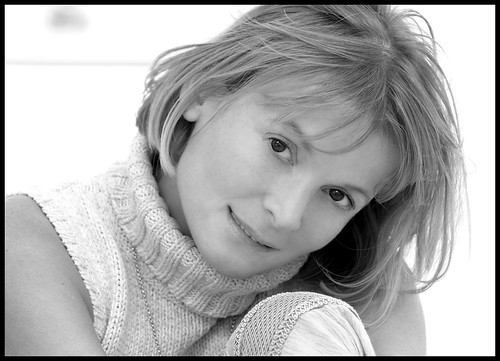
It is that time of the year again and I find myself thinking of the Matta family and their wonderful food emporium on Bold Street. For despite being the last to sit for “People in Liverpool”, they were undoubtedly its inspiration from the project’s conception.
However, it took me a good many years to pick up the courage to approach them. How would they react? I was oddly shy. So many times I found myself standing at the counter, the request stuck in my throat, afraid lest they misunderstood my intentions.
In the end I did ask, last Christmas in fact. After all, MATTA’S was the first to bring international foods to all of Liverpool, in particular fresh coriander, for years almost impossible to find anywhere else. This shop was, and still is, a foodies’ hub where you can encounter almost anyone. Indeed, it is a favourite stop-off for Willy Russell.
The atmosphere there is always upbeat. I have never known a cross word from Mr. Matta, who along with his two sons, Dalip and Deepak, cheerfully serve everyone, no matter how long the queues are. If you ask Mrs. Matta nicely, who prefers to sit in the back with the frozen fish, she might even divulge her fail proof prawn recipe.
So it was with great relief that when I finally did dare ask them to "stand" for me, despite being somewhat bewildered, they nevertheless agreed to play along. Early one Sunday morning, Dalip, and Mr. and Mrs. Matta arrived to prepare their shop - the shutters were opened, pavements swept, lights turned on, and the street in front kept clear of vehicles.
A few late night revelers zigzagged in oblivion down Bold Street, lost in the nether regions brought about by illegal substances. In this surreal setting Mr. Matta served my assistant and me tea, while we waited for the last family members to arrive - Deepak and his Liverpudlian wife, Jill, with their five children.
Eventually an impressive people carrier pulled up and the clan hastily disembarked. Thus ten Mattas (the sister was too shy so sadly did not make it) assembled outside their gleaming shop. We started at once, before the winter sun rose too high and the traffic on Bold Street impeded our shoot.
Using powerful portable lighting coupled with a warming filter, I snapped away. My assistant made annoying suggestions, annoying in that he was right. Take the baby out of the baby chair, he hissed. Shut up, I hissed…uh, can you take the baby out of its chair, I requested.
Soon the shoot was over and the Deepak clan rushed away in their carrier for a family outing to the zoo. We packed up and left, but not before Mr. Matta had stuffed a large eco shopping bag full of eastern goodies for me.
Once home I unpacked my “Christmas hamper” and mused that although fresh coriander was now commonplace in national supermarkets, organic aduki bean sprouts and sango radish shoots were most definitely not.
And so now, a year later, I have just come back from Bold Street with my magic eastern ingredients for our Christmas dinner. I shall marinate our bird in a fusion of oriental spices and steam it slowly. The starters will be Mrs. Matta’s prawn soup, making sure the tomatoes are not tinned as advised.
And if you are curious as to what the Mattas will be doing on Christmas Day, I can tell you. At lunchtime they will be sitting down together to feast on traditional roast turkey with all the trimmings. Lots of trimmings - for Dalip is a vegetarian. And then, in the evening, Mr. Matta will cook his favourite dish, Lamb Biryani. East embraces West. Sweet.
Click Here to visit MATTA'S















